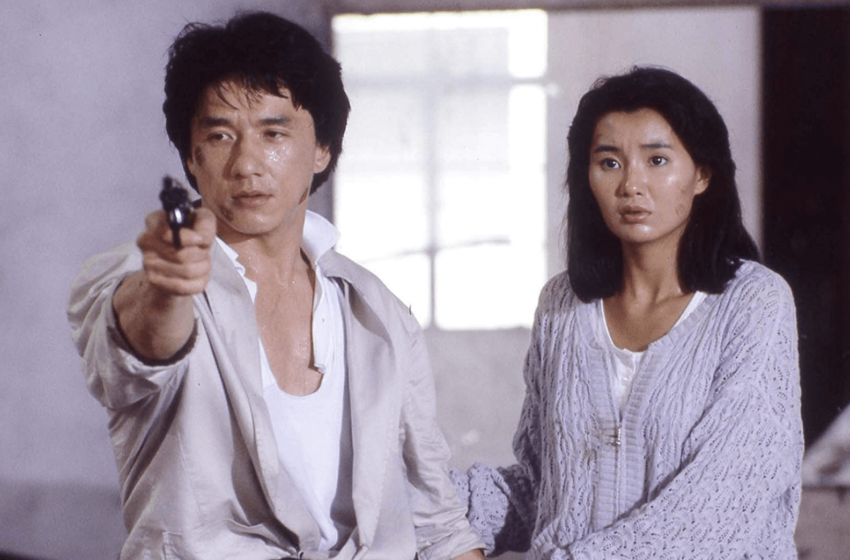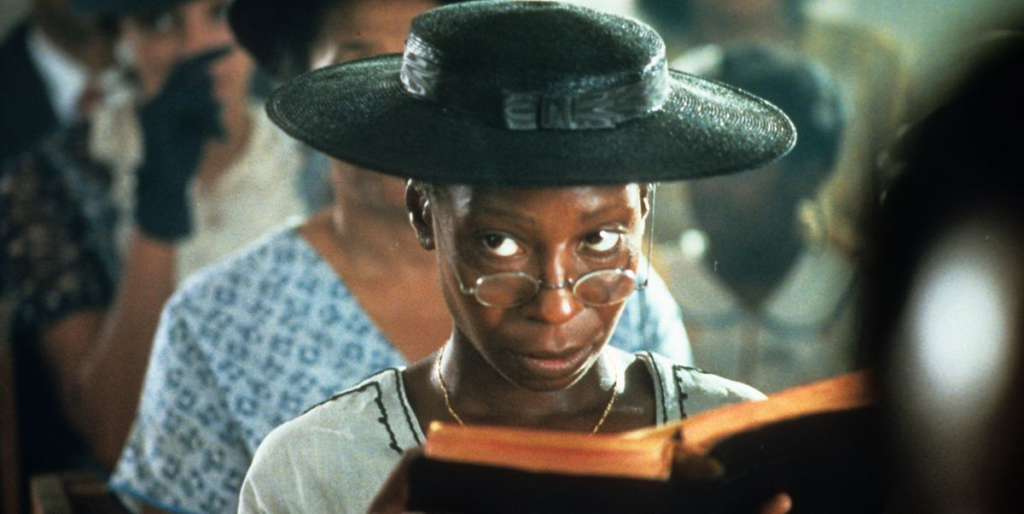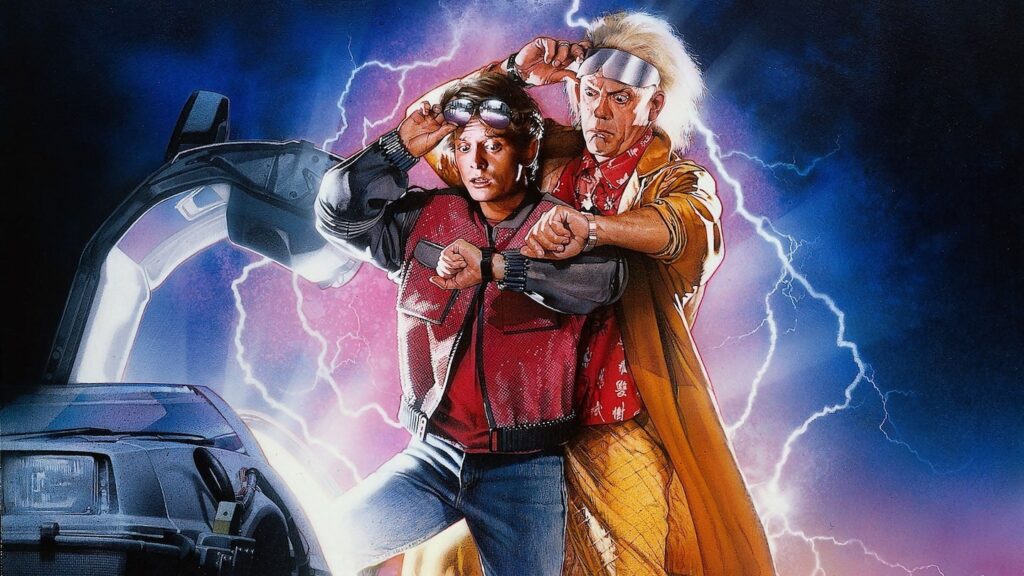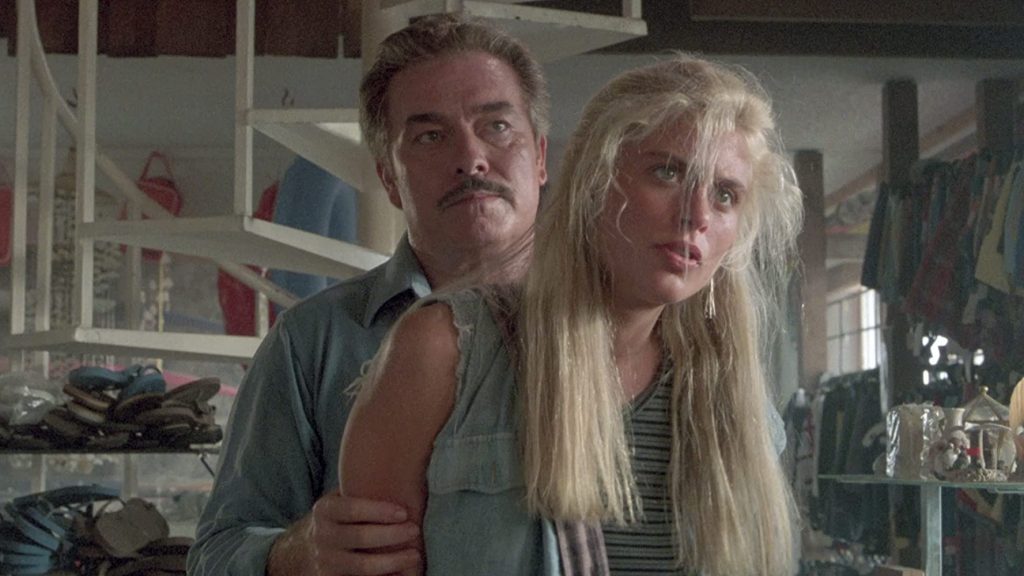
“Police Story” (1985): Pinnacle of Action Cinema – Review

In the expansive world of action films, certain movies rise above the fold, not merely due to their adrenaline-fueled sequences but because they possess an indomitable spirit that resonates with audiences across the globe. “Police Story,” directed by and starring Jackie Chan, is one such film. Released in 1985, it swiftly established itself as a tour de force in the genre, blending jaw-dropping stunts with humor and heart.
Narrative Brilliance: More than Just Punches
“Police Story” introduces us to the fearless Hong Kong detective, Chan Ka-Kui (played by Jackie Chan). Tasked with bringing down a ruthless drug lord named Chu Tao, Ka-Kui finds himself caught in a web of intrigue, betrayal, and relentless action. While the plot might seem straightforward, it’s the execution that sets it apart. The narrative seamlessly combines high-octane chases with genuine moments of vulnerability, making the characters relatable and the stakes palpably high.
Chan’s portrayal of Ka-Kui is a masterclass in blending physical prowess with emotional depth. His comedic timing, paired with a genuine sense of duty, creates a character that’s both entertaining and endearing.
Stunt Work: Redefining the Boundaries
The stunts in “Police Story” are nothing short of legendary. From the opening shantytown chase sequence to the climactic showdown in a shopping mall, the film pushes the boundaries of what’s possible in live-action cinema. Jackie Chan, known for performing his own stunts, took considerable risks during the production, resulting in numerous injuries. Yet, his unwavering commitment to authenticity ensures that every action sequence feels raw and real.
The mall scene deserves special mention. A symphony of shattered glass, gravity-defying leaps, and hand-to-hand combat, it remains one of the most iconic sequences in action film history. The sheer physicality on display, combined with Chan’s trademark humor, elevates it from a mere fight sequence to cinematic art.
Behind-the-Scenes: A Labor of Love and Pain
The creation of “Police Story” was a Herculean endeavor. Jackie Chan, donning multiple hats as the director, lead actor, and stunt coordinator, was deeply involved in every aspect of the production. His commitment to delivering realistic action led to the cast and crew enduring a grueling shooting schedule, often marked by dangerous stunts.
One of the most talked-about production tales revolves around the aforementioned mall scene. Chan’s descent down a pole covered in decorative lights caused severe burns, a dislocated pelvis, and two broken vertebrae. Such commitment to his craft, while awe-inspiring, also sheds light on the physical toll action cinema can exact on its stars.
The film’s production was marked by a dedication to practical effects, a stark contrast to the rising tide of CGI in later years. Real cars were crashed, real glass was shattered, and real bones were, unfortunately, sometimes broken. This insistence on practicality adds a tangible weight to the film’s action sequences, making them resonate even more with audiences.
Musical Score: Setting the Tone
Michael Lai’s soundtrack for “Police Story” beautifully complements the film’s diverse emotional spectrum. From pulsating tracks that accompany the chase sequences to the softer, more introspective melodies that play during moments of reflection, the score amplifies the narrative’s impact. The film’s theme song, performed by Jackie Chan himself, captures the essence of the story and has since become an iconic piece in its own right.
Cultural Impact and Legacy
“Police Story” is more than just an action film; it’s a cultural phenomenon. Its success paved the way for numerous sequels and solidified Jackie Chan’s status as an international superstar. Moreover, it influenced an entire generation of filmmakers, setting new standards for action choreography and stunt work.
In an era where CGI and special effects dominate the silver screen, “Police Story” stands as a testament to the power of raw, unfiltered action. Its legacy is not just in its breathtaking sequences, but in its heart – a story of duty, sacrifice, and the indomitable human spirit.




